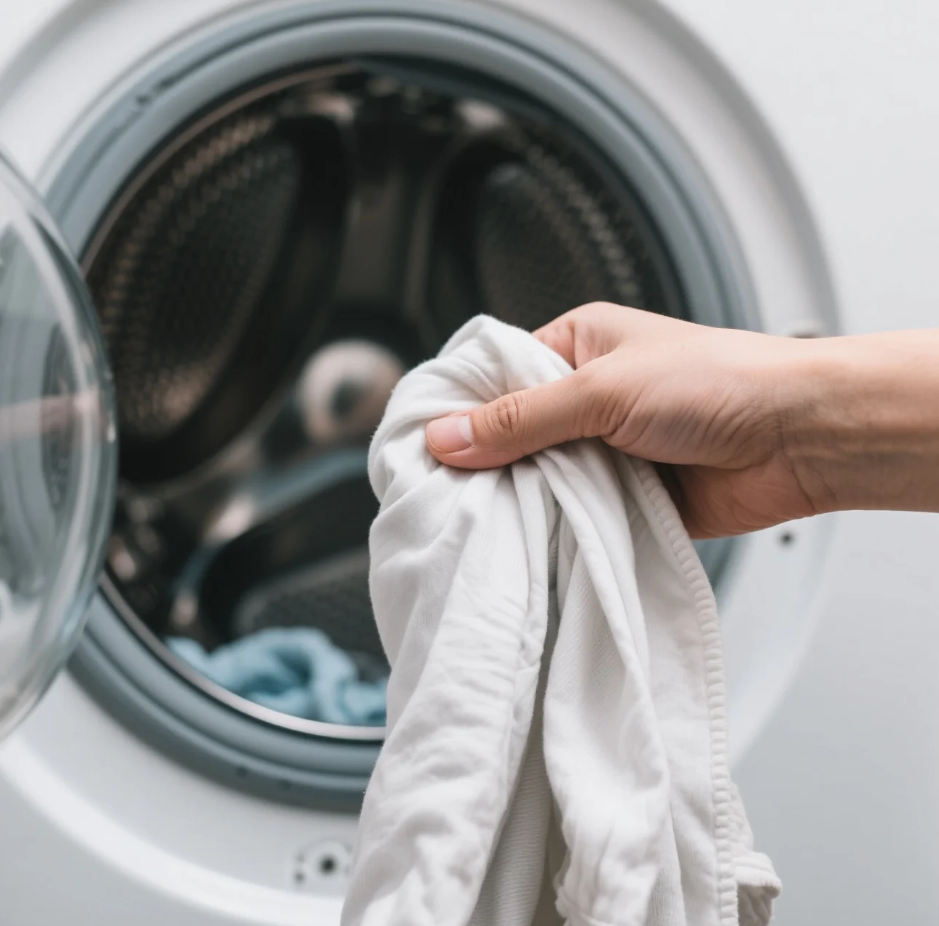
Understanding the subtle signals of deception can be a game-changer in daily life. Whether in a job interview, negotiating a business deal, or simply having a conversation with a friend, being able to detect dishonesty is a powerful social skill. In this article, we delve deep into the world of body language to uncover how eye movements and hand gestures can reveal more than words ever could.
Introduction to Lie Detection Through Body Language
Humans are inherently expressive creatures. While words can be chosen carefully to mislead, non-verbal cues often slip through the cracks. This is where body language becomes a vital tool. Among the most telling indicators are eye contact and hand movements. These subtle signs can hint at underlying nervousness, evasion, or fabrication.
In a world saturated with information and interaction, distinguishing between truth and deception is more valuable than ever. Let’s explore how to read the signals that many people unconsciously reveal when they are not being truthful.
The Psychology Behind Lying
To detect lies, one must understand why people lie and what happens mentally and physically during the act. Lying triggers stress responses in the brain, leading to physical manifestations. These manifestations often escape the liar’s conscious control, presenting us with clues.
Most lies are accompanied by a fear of being caught, guilt about deception, or excitement at manipulation. These emotions generate tell-tale signs, especially in facial expressions and hand gestures. The key is learning how to spot these without jumping to conclusions.
Eye Movements: The Window to Truth
Eye Contact: Too Much or Too Little?
One common myth is that liars avoid eye contact. While that can be true, some individuals overcompensate by maintaining intense eye contact to appear more believable. Both extremes can be red flags.
What to observe:
- Inconsistent eye contact patterns
- Sudden increase or decrease in blinking
- Darting eyes or frequent glances to the left or right
Directional Eye Movements
Cognitive research suggests that when people recall a memory, their eyes move in specific directions. Typically:
- Looking up and to the left: Trying to recall a real memory
- Looking up and to the right: Constructing or imagining a scenario
While this is not a foolproof method, clusters of such behaviors combined with other signs can suggest deceit.
Pupil Dilation
When someone is under stress, their pupils often dilate. Lying, especially in high-stakes situations, can cause this physiological response. Keep in mind, lighting conditions and emotional excitement can also influence this.
The Truth in Hand Gestures
Fidgeting and Self-Touching
Hands can be very expressive, and under stress, they often act out our inner anxiety. Liars may touch their face, neck, or mouth frequently as a way of self-soothing.
Indicators include:
- Rubbing the back of the neck
- Covering the mouth while speaking
- Touching the nose repeatedly
These actions are often subconscious attempts to block the lie or cope with the stress of deception.
Incongruent Gestures
When hand gestures do not align with verbal communication, this dissonance can signal a lie. For example, saying “I am confident” while clenching fists or keeping hands hidden might raise suspicion.
Delayed Gestures
In truthful communication, gestures usually accompany speech naturally. Liars may experience a slight delay in gesturing because they are mentally constructing a story.
Facial Expressions That Give It Away
Microexpressions—fleeting facial expressions—can briefly reveal true emotions. A person might smile while expressing sadness or fear might flash across the face before a confident statement.
Look for:
- Contradictory expressions
- Emotions that appear and vanish quickly
- Tension around the eyes or jaw

The Importance of Baseline Behavior
Before jumping to conclusions, it’s crucial to understand an individual’s baseline behavior. Everyone has unique patterns in speech, eye contact, and hand movements. Comparing current behavior with their normal state increases the accuracy of your assessments.
Example: If someone usually speaks with animated hand gestures and suddenly becomes still during a critical part of a conversation, this deviation might suggest discomfort or deception.
Clusters Over Single Cues
Professional interrogators and behavioral analysts emphasize the importance of observing multiple signals rather than focusing on a single gesture. A single scratch of the nose or darting glance doesn’t confirm dishonesty—it’s the combination and context that matter.
A credible pattern of deception may include:
- Avoiding direct answers
- Inconsistent storytelling
- Nervous fidgeting combined with inconsistent eye movement
- Repeating questions before answering them
Situational Context Matters
A person’s behavior can be influenced by many factors unrelated to lying: nervousness, cultural differences, fatigue, or even medication. These factors should be accounted for before concluding someone is lying.
Real-Life Application Tips
- Start With Small Talk – This helps establish a baseline of normal behavior.
- Ask Open-Ended Questions – Force the person to elaborate and observe inconsistencies.
- Be Patient – Allow silences. Liars often rush to fill the void.
- Watch the Timing – Delays in response or gesture-speech mismatch can indicate fabrication.
- Use Repetition Strategically – Ask the same question in different ways and look for changes in the story.
Ethical Considerations
Detecting lies should not be about manipulation or entrapment. This skill is best used for safeguarding trust and ensuring honest communication. Misusing lie detection to unfairly accuse or control others can harm relationships and reputations.

A Powerful Skill for Everyday Life
Mastering the art of lie detection through body language is not about becoming cynical or distrusting. Rather, it’s a tool for enhancing communication, protecting oneself, and building deeper human connections based on truth. By paying attention to eye movements, hand gestures, and other subtle cues, you can develop a sharper intuition and respond more effectively in both personal and professional situations.
While body language isn’t a lie detector on its own, when combined with situational awareness and logical reasoning, it becomes an invaluable skill in your everyday life arsenal.
Visit our blog at yaptalk.top for more insights into human behavior, communication, and daily life hacks that elevate your personal and social intelligence.










































